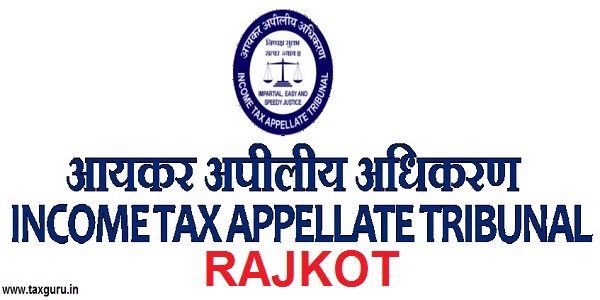Namit Chhabra
The Indian government has been trying really hard from the beginning to tax the super rich at higher rates and it has been a priority of every former Union Finance minister to establish such steps that more and more rich come into the tax net and eliminate inequalities of wealth among Indian citizens.
As a result of the above, the government framed/adapted the Wealth tax act in 1957 which mandates every individual/HUF/company to disclose all the assets which they own in their name and are required to pay a tax of 1% of the amount by which their wealth exceeds ₹30 lakhs.
This act had a major significance since it too involved complexities and labyrinths like the Income tax act.
Though the government has been able to successfully enact Wealth Tax act in India for nearly 57 years till now, it has now considered to scrap the Act in it’s entirety w.e.f 1st April, 2016. This means that the return of wealth need not be filed for the Financial Year 2015-16.
The reason behind this major step are the drawbacks in the Wealth tax act.
Let’s put some light on the limitations of the act:
Firstly, The assets owned by the assessee has to be valued by a registered valuer in order to be disclosed in the wealth tax return which was a arduous job carrying unnecessary burden of expenses on the assessee.
Second, Unproductive assets like, jewelry, unaccounted cash, cars are not easy to be tracked and gives an opportunity to the assessee to do away with the disclosures of such assets.
Third, Not many assessees in India pay wealth tax, many of them aren’t even aware of such a levy until served with a notice. The number of wealth tax asseseees in India was just 1.15 lakhs in 2011-12.
Fourth, The tax collection collection through wealth tax does not form a significant part of the total collection of Direct taxes in India. The wealth tax collection in the years 2011-12 and 2012-13 was ₹ 788.67 crore and ₹ 844.12 crore respectively.
In view of the above limitations, our finance minister decided to not only give a thorough review to the problem, but to come out with a smarter way to bring about a major change and get more people paying tax.
Thus, he came out with a cunning solution to address the problem by simply swapping the Wealth Tax levy with a higher tax on the super rich in India.
An additional surcharge of 2% is now to be levied where the income exceeds ₹1 crore of :
-Individual, HUF, AOP, BOI, whether incorporated or not;
-Cooperative societies
-Firms or local authorities
The above strategy might help the govt. to achieve its objective i.e bring more persons under tax net as people who file returns under normal income tax act are much higher (and increasing) than those who file under the wealth tax and the scope of taking undue advantage of the loopholes of wealth tax act have been compensated.
(Author is pursuing his CA and serving as an Article Assistant in a CA Firm)





















Nice !!!
It is also proposed to call for details of assets in the ITR .Perhaps this will give scope for possible reopening of escaped wealth.